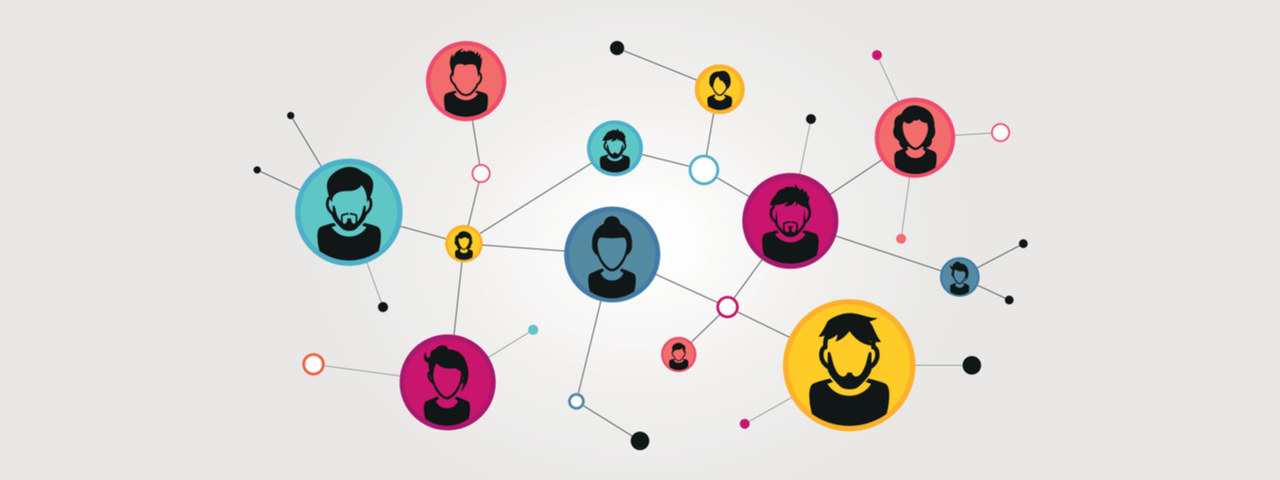
New data from the Infosys Knowledge Institute recently revealed that just 7% of organizations have the ideal blend of culture and operating structure to capitalize on digital technology.
The study of 2,700 business executives was conducted in the US, UK, France, Germany, Australia, New Zealand, China, and India. According to the data, companies that make decisions based on high-quality, transparent data and foster a culture of responsible risk-taking are more likely to deliver profitable growth in challenging macroeconomic conditions.
Furthermore, structuring products rather than processes allows new products to reach the market faster, enhancing early-mover advantage. According to the survey, nine of ten businesses lack the culture and organizational structure required to drive digital development.
The Problem
For instance, a mining company based in Zimbabwe was struggling with overstaffing and understaffing in its departments. Since either of these can cause fatigue and dissatisfaction, impacting productivity and company culture leading to attrition, the company decided to fix it.
The company compared the number of employees in each business unit, and their activities, productivity, and employee leaves across seventeen locations. The data was collected by data experts and processed by analytics experts. The managers then ran it to validate that 70.34% of the company was either overstaffed or understaffed. Soon, the company offered employees from overstaffed departments to switch to understaffed ones, eventually reaching a breakeven point.
HR Analytics in Practice
Analytics, especially HR analytics, demands different skills from different fields. Anyone who gathers data from the company resources can create a dashboard, but you need someone to make sense of that dashboard. You need someone to help determine if the initiatives by the management for employee welfare are working or not. In other words, a data recording person will struggle if required to do data analysis and strategy building. Therefore, you need to balance the skills you bring to HR analytics. Remember, HR analytics is not dumping all your tasks to AI but working together for better results.
With the understanding that HR analytics is not a mere HR function but a collective undertaking of many fractions, companies are taking an innovative approach to HR analytics.
Advanced HR Analytics
Modern-day HR analytics is scanning the gargantuan dark data that lies beneath the surface, usually untapped by most. This data, which may contain essential information about how the company functions, its employee and customer satisfaction, and much more, can then be processed quickly by these tools. The insights derived from the process come in a graphical representation delivering a complete picture of the enterprise for a better interpretation. Without making copies of the data, all this also enables you to save on storage.
Final Words
Companies that excel in these capabilities enjoy increased profit, brand perception, and employee and customer engagement. Yet, in practice, very few businesses are accomplishing this.
In practice, leaders must see this as an opportunity to think differently and unlock new structures and ways of working to drive much-needed innovation and growth. The options most are opting for are the analytics tools that can help reduce the burden and make these processes faster, more practical, and sound. However, the key is that these HR analytics tools are not for replacing skills but for improving them. Reach out to our experts for more information.
Related Posts
Additional Resources
How to avoid re-processing of data?
Master the Art of Efficiency: Quick Technique on Avoiding Data Re-processing!...
Meta-Data Analysis Vs. In-Depth Analysis
Meta-Data Analysis and In-Depth Analysis are both extensively used by organizations. Here is the comparison between the two approaches and…...
Identifying top performers and key innovators with network analysis
From Anecdotes to Insights - Empowering Organizations with Data Driven Talent Management....


